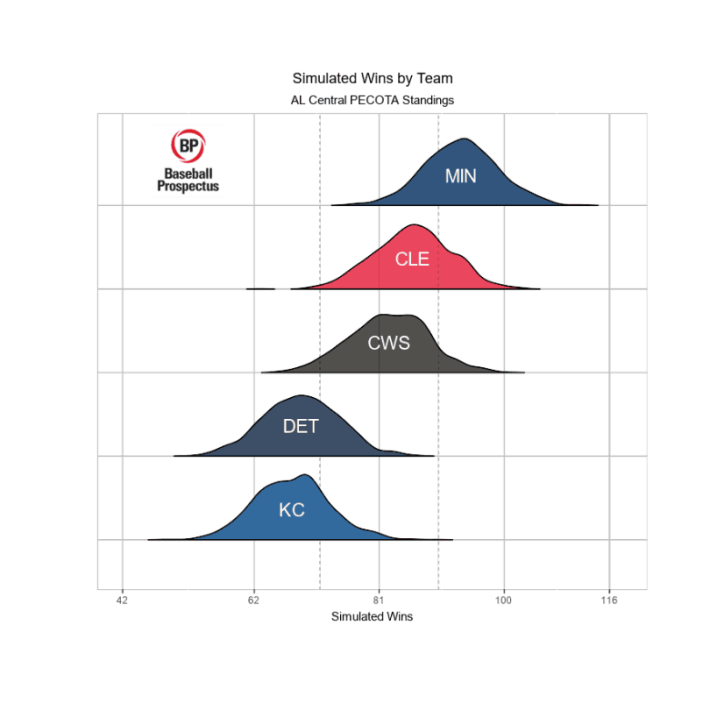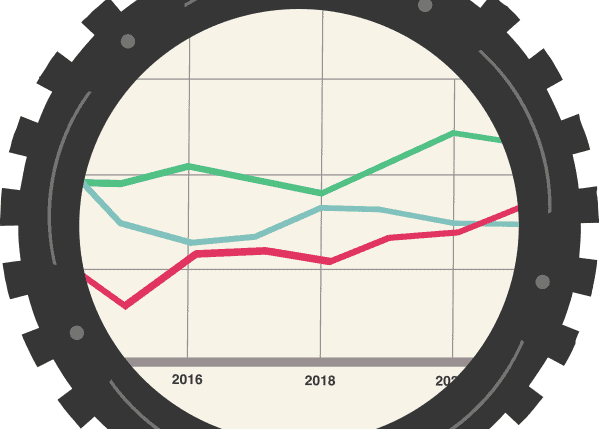Early in my blogging days, back when Baseball Prospectus was snarkier and the White Sox enjoyed success, the release of Baseball Prospectus' PECOTA projections used to send everybody to their bunkers. The Sox had the habit of outperforming the math,* but not by so much that they regularly made the postseason, so nobody could claim total victory.
(*The White Sox had PECOTA pinned to the count of two after 2006, but the algorithm kicked out of it with a 73-89 prediction for the Sox, who went 72-90 in 2007.)
The White Sox's abilities to beat the projection system often correlated with their abilities to stay healthy, and Herm Schneider's pitching staffs lapped the field in that era. Once that magic dried up -- my theory is that it worked when pitchers threw 91, but ran into issues when pitchers threw 95 -- so did the team's potential for surprise.
Back then, the White Sox seemed to delight in constructing teams that didn't project well, or at least it fed into Kenny Williams' outwardly competitive personality. Nowadays, the White Sox are trying to get the math in their corner, because it turns out seasons are much easier when they don't rely on so many best-case scenarios.
The whole rebuild is about attaining a critical mass of undeniable talent, and the most recent batch of PECOTA's projections show progress (83-79). Alas, they're still behind curves literal and figurative.
There's the matter of the standings, which show the White Sox in third place after 1,000 simulations, and by a comfortable margin.
- Twins, 93.4 wins
- Indians, 86.1 wins
- White Sox, 82.5 wins
Baseball Prospectus also provided helpful diagrams showing the range and quantity of outcomes over the course of running the season 1,000 times.

This graph reflects the concentration of outcomes for AL Central teams over BPro's 1,000 season simulations, and the shape of the White Sox's projection is rather unusual. It's more of a plateau than the classic bell curve, and it's actually more of a fedora than a plateau, because there's a bit of crease in its crown. Scroll through all the graphs, and the Rays are the only team that has a similar at what should be the top of their range.
The White Sox are the Rays! Kinda, in that they have a wider range of likely outcomes than the average team. But when you put them next to each other, the projections are far healthier in Tampa Bay.

The front shoulder of the Rays' win curve starts at 90 wins, whereas the White Sox's starts giving way after 86. Also, the White Sox are a lot more accommodating to disappointing outcomes than mind-blowing ones.
And it checks out. The White Sox lineup has a workable amount of average-or-better bats, but because little of that plus production incorporates plus plate discipline, it's a lot more susceptible to bad luck, and therefore an underwhelming batch of projections in a given simulation.
It's far easier to explain on the pitching side: PECOTA is just not impressed.
| Starter | IP | ERA | WARP |
|---|---|---|---|
| Lucas Giolito | 165 | 3.72 | 2.1 |
| Dallas Keuchel | 172 | 3.94 | 1.6 |
| Gio Gonzalez | 116 | 4.25 | 0.7 |
| Reynaldo Lopez | 109 | 4.53 | 0.3 |
| Dylan Cease | 103 | 4.76 | 0.1 |
| Michael Kopech | 106 | 5.85 | -1.2 |
The projections for Giolito and Keuchel are on the conservative side of reasonable. That's understandable given their unusual experiences the last two seasons, but it just does nothing to combat the explosively pessimistic assessment of Kopech. PECOTA isn't alone, as ZiPS also knocked Kopech, whose combination of up-and-down track record plus Tommy John surgery might make math hate him.
Assuming he returns to action resembling his pre-injury self, there's nothing about Kopech that should remind anybody of Dylan Covey, so that's the first place to put a dent in the third-place projections. But all of his colleagues have plenty of work to do, and as we learned from the previous decade of PECOTA projections, the training staff's responsibilities should be given proper weighting as well. It's fitting that we're talking about this on the day White Sox pitchers and catchers report to spring training, because the win curve reflects the climb ahead a little too clearly for comfort, and the pitching staff needs to get started earlier than the rest.





